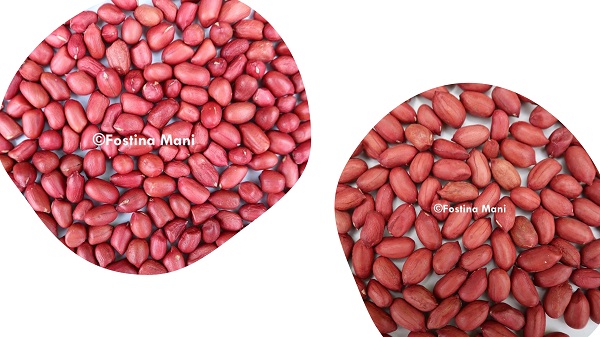The beauty and accuracy of Africa’s dry agricultural trade lies within the tales of many African women cereal traders and not within the global summits and international conferences. I have had the privilege of sitting in both, and truth be told the level of disconnect between the development agenda and what is happening on the ground are two completely different scenarios. Perhaps, the reason why despite Africa receiving US$146.2billion between 2006-2017[1], we continue to maze in the African markets puzzle of eradicating poverty in Africa.
The development agenda has made progress, and greatly benefitted many, me being one of them. However, my unashamedly discontentment of lack of actual market information, has become my voice, and much to my surprise, led me to my audience. Am in awe at the impact am making in Africa’s dry grain trade. My greatest compliments are “Thank you for telling the real story”, not all stories must be told by Academia. “Speculation that is based on actual commodity trade experience amongst African traders still works in Africa”.
High aflatoxin levels in groundnuts continues to be the biggest headache in Kenya especially for many manufacturers of peanut butter. While aflatoxin is invisible, in Nairobi we can literally see it in on groundnuts being sold within the local markets. Kenya imports groundnuts from Malawi, which is a low-cost producer. Uganda is also a low-cost producer of groundnut, however being high consumer of groundnuts, Kenya buys more groundnuts from Tanzania than Uganda.
I have felt powerless at aflatoxin levels in groundnuts for the longest time. My biggest concern is turning down many offers from an increasing number of high-end clients and manufacturing plants reaching out, for groundnuts with low level aflatoxin. Never in my wildest dream, did I realized my answer would come from a beauty parlor. What I ordinally dismiss as salon gossip from my stylist, warning me to never eat groundnuts in Nairobi embarrassingly made sense. A client trader had warned her, of the activities unscrupulous groundnut traders in Nairobi engage in. Water is poured on the groundnuts to cause them to swell and increase in weight. The groundnuts are quickly sun dried and wiped with rags to remove the mildew. Then repacked in sacks for resell in the local markets as grade 2 or 3.
It had to be true, this major revelation explains the high levels of mildew and aflatoxin in groundnuts in Nairobi. The groundnuts themselves do not lie. Much to my shame, Kenya is corrupt, and corruption is the reason Aflatoxin is quickly eating away at the health of many Kenyans. Ashamed and shocked as I was, I also realized, this was an opportunity to do good, by directly sourcing good quality groundnuts. I choose to do good and be a light in a corrupt nation. My only challenge is, am currently selling the groundnuts in container sizes, with a minimum order of 24MTs/24,000kgs.
My price offer for the groundnuts (total aflatoxin ppb4.2) is USD1.85/kg or Ksh201/kg delivered to your factor in Nairobi, for a minimum consignment of 24MTs. Payment terms are 80% cash deposit against the invoice amount with the placement of the order. Absolutely No Credit Terms but will consider bank guaranteed trade financing.
[1] World Trade Organization (2019), Aid For Trade At A Glance 2019, Economic Diversification and Empowerment.

